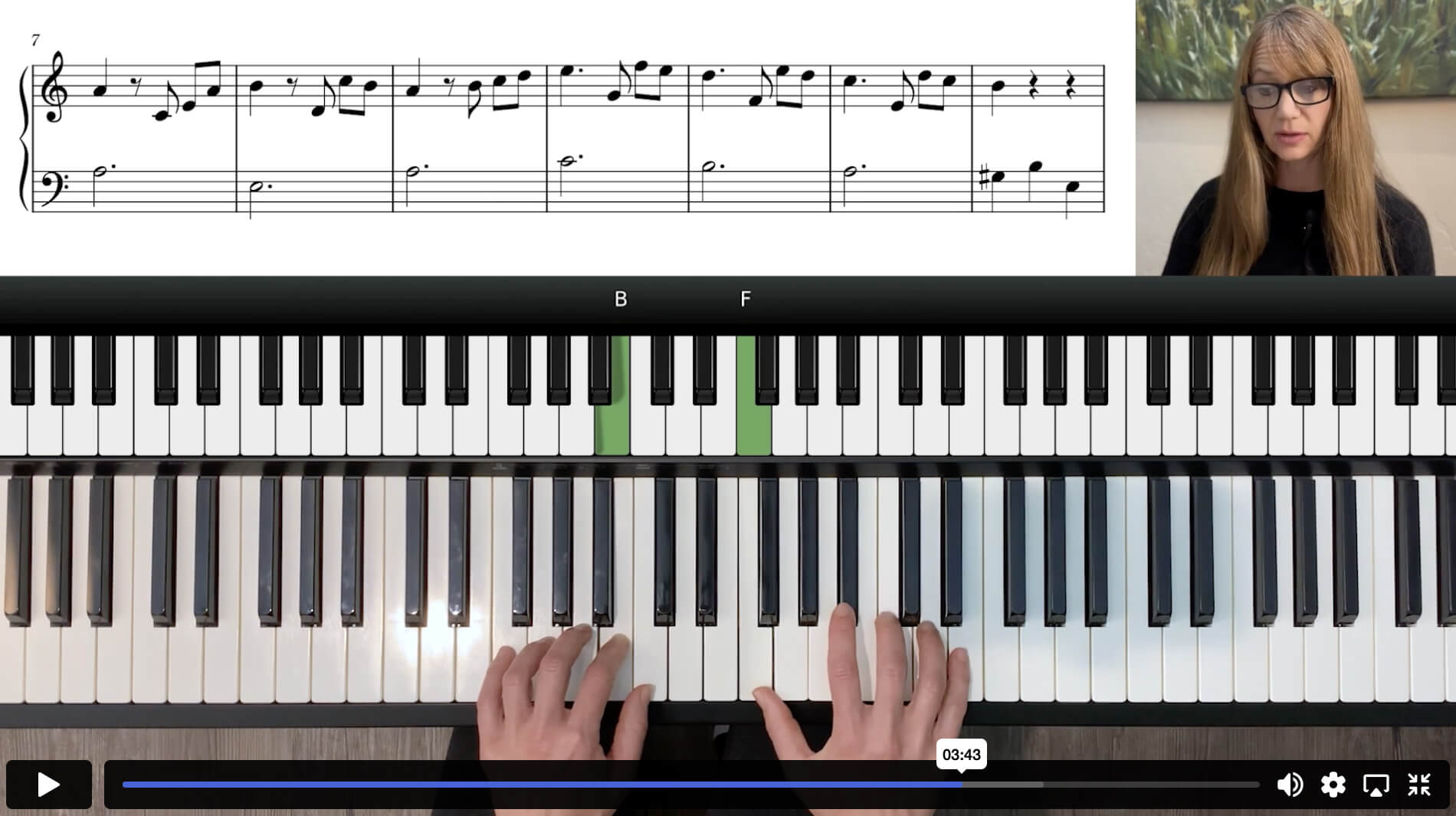One of the most popular piano pieces in the world is Für Elise by Ludwig van Beethoven. This famous composer, who lived from 1770-1827, is important in music history as he helped to usher music out of the classical period and into the romantic era.
The world had never heard music like his before, with its adventurous harmonies and passionate melodies. His music greatly expanded the realm of musical and emotional expression. At a time when motion picture and film was not yet seen, audiences could experience a captivating and cinematic adventure through sound alone.
“Für Elise” is the nickname of Beethoven’s famous piano composition. Its official title, however, is “Bagatelle Number 25 in A minor”. A bagatelle is a short piece of music, usually for piano, that is light and sweet.
There is much mystery and speculation about who Beethoven wrote this piece for, as its nickname implies a tribute to an important female in his life. It translates to “for Elise,” however he had a few meaningful relationships, including those with Therese Malfatti, Elisabeth Röckel, or Elise Barensfeld. Was it a love song, or a gift to a cherished student or friend?
The world may never have heard this gift if it had not been later discovered by a German writer and musicologist who happened to share the same first name, Ludwig Nohl. Beethoven had supposedly finished “Für Elise” in 1810, at age 39, however the manuscript was not found and published until 40 years after his death, in 1867.
The original manuscript, found among papers in Munich, has since been lost leading to debates about the accuracy of his transcription, particularly regarding the title and dedication. But Nohl maintained that Beethoven had written the title as (translated): “For Elise on April 27 in memory by L. v. Bthvn”.
Free Piano Course: “Für Elise”, by Ludwig van Beethoven
I have created a piano lesson series for beginners on how to play a simplified version of “Für Elise.” It is available for free here on my website! In the lesson series I will teach you how to read the sheet music and successfully play this arrangement that anybody can learn.
Enroll here: http://www.marisamusicstudio.com/fur-elise
The piece is in A minor (sharing the same key signature as its relative major, C). It gracefully flows with three beats in every measure. The opening theme moves gently between the minor i chord and major V. It then meanders into a progression of the III, VII, and V chords before concluding once again with the tonic and dominant chords.
Although the original piece gives the eighth note the value of one beat, because it is written in 3/8 time, I have created a simpler arrangement for beginners that is in 3/4 time, attributing one count to the quarter note instead. I have also simplified the accompaniment in the left hand with quarter notes, rather than arpeggiated eighth notes.
This shortened piano arrangement is a pleasant introduction to Beethoven’ famous piece, and allows beginners to enjoy playing this popular classical melody.
Get started and enroll today!
